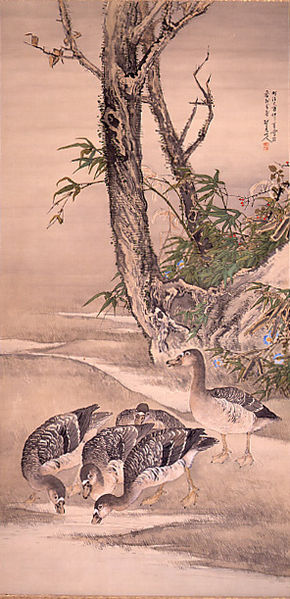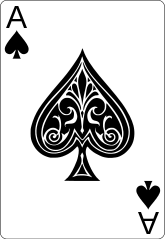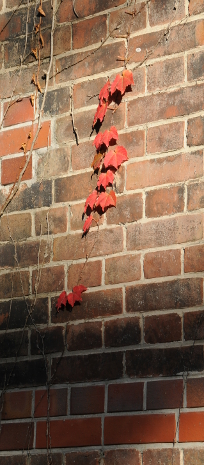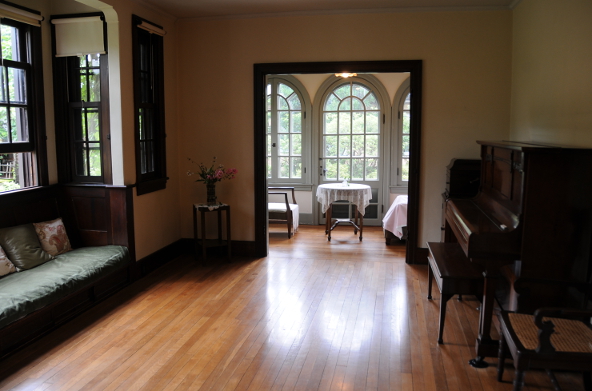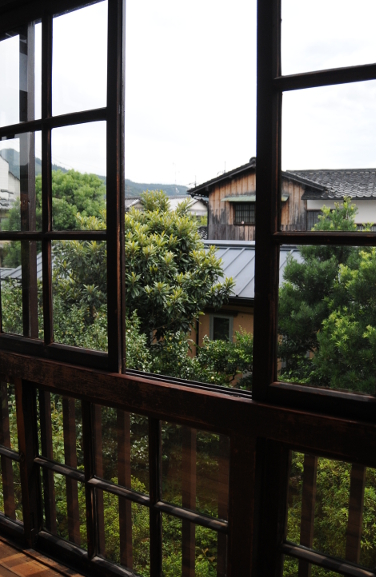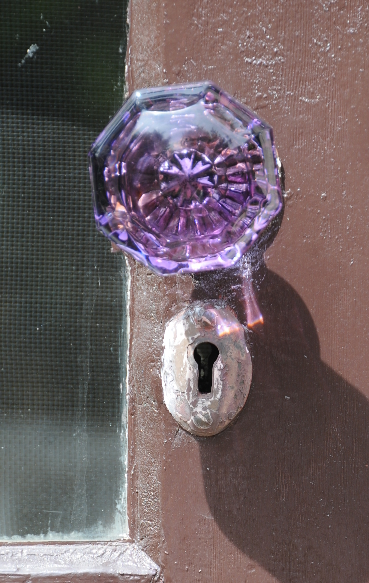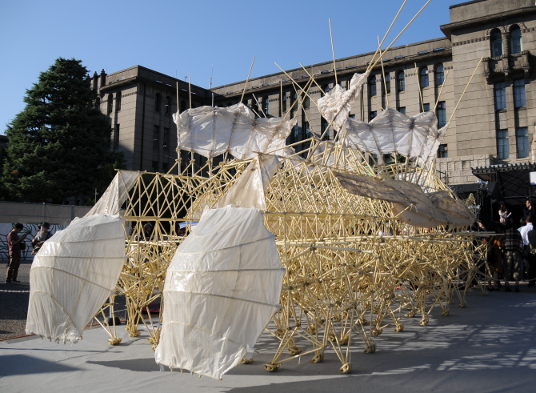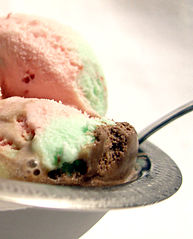Yesterday I spent a very long day in Osaka. A friend of mine and me did another friend of mine a favour, and this is how we two ended up as extras in a Japanese movie…
 I am not sure whether I am allowed to reveal which movie it is, but it is the film adaptation of a well-known Japanese novel (so, not another remake of Godzilla). The scenes that were filmed yesterday required a large audience of about 100 non-Japanese, and this is how my friend and I got considered in the first place.
I am not sure whether I am allowed to reveal which movie it is, but it is the film adaptation of a well-known Japanese novel (so, not another remake of Godzilla). The scenes that were filmed yesterday required a large audience of about 100 non-Japanese, and this is how my friend and I got considered in the first place.
Getting the job was relatively straightforward: Our friend gave us an internet link where we signed up, we received a request for a photo, and afterwards a phone call telling us that we had been chosen and were expected in Osaka on Tuesday morning. About half the people present came through this route, but the other half had apparently signed up with some film or model agency; it seems that acting or modeling is one of the few professions that foreigners can do in Japan that requires no knowledge of Japanese and is still quite well paid.
The whole experience was interesting. We met at about 8 am in Osaka and the film crew brought us to the filming location, a very nicely decorated reception room with high ceiling and large windows in an otherwise empty building, which was designated either for renovation or demolition. The plan was to shoot three different scenes where we were to watch the performance of different Japanese arts and act as the enraptured spectators. So far so good.
In the course of yesterday, I have learnt quite a bit about how to make a movie. For once, I was not aware that every different camera angle requires a repetition of the whole scene, from beginning to end. One performance was shot from three different angles, so it had to be done three times from beginning to end, plus one time for a detailed close up, plus two extra repetitions because something went wrong and somebody did not turn off his phone. Not to forget the rehearsal in the very beginning. Hence, what will end up in the movie as a well-cut sequence of a few minutes at most, required us to stand there on the same spot for 1.5 hours.
I was surprised that nobody really cared about our outfit or makeup etc. While the performers were professionally made up and styled, and their clothes received a quick brush or tuck between each take, all we had was the instruction to come in “formal clothing”, which, to my surprise, some people took rather loosely. After all, we were just people somewhere in the back, warm bodies to fill the void.
I was also unprepared for the extreme wait between the scenes, while the room was set up again for the next shot. We could relax in a nearby room, but unless you brought something with you to read or do, nobody cared what you did between the shots, as long as you were available when they needed you. Tea and coffee were provided, as well as cup noodles and senbei crackers as afternoon snack, but besides that you were on your own. We also had to be very quiet at times because apparently, something else was filmed, or at least set up, at those times. And if you were not needed for a particular scene, you had to sit through that one as well.
Interestingly, although the waiting time was considerable, people did not talk much to each other. Some of those that had come through an agency knew each other and quickly formed groups, but the others remained alone, staring into space or onto their mobiles. To be honest though, with a single exception, there was nobody there I would have liked to get to know more closely anyway.
Altogether the experience took 13 hours (including travel time to Osaka); I had to be there for two of the scenes which in total took less than 2 hours, and the final end product will probably be not more than 5-10 minutes overall. We received a bento box for lunch and dinner, a compensation for travel expenses, and a small souvenir; and I took home an important realisation: I am not patient enough to be a movie star…

